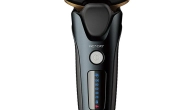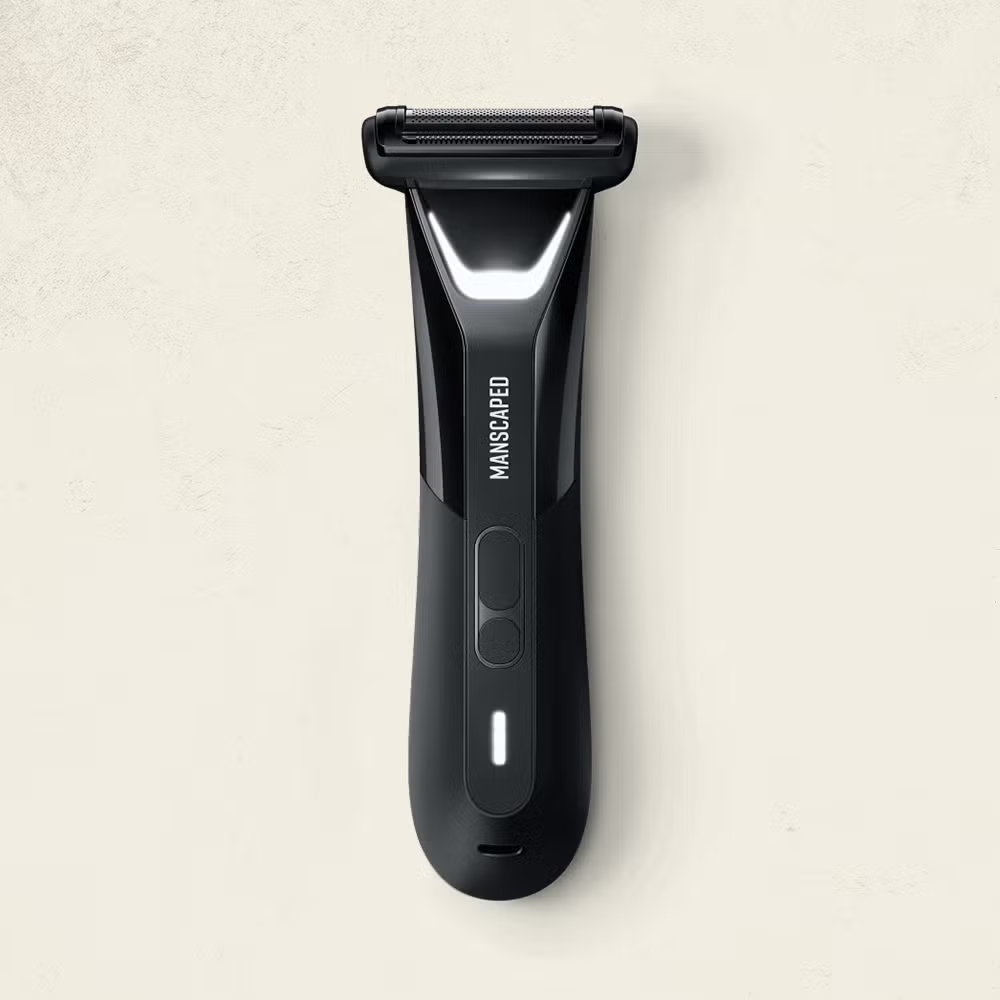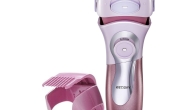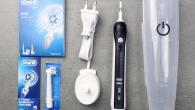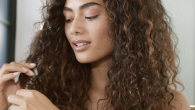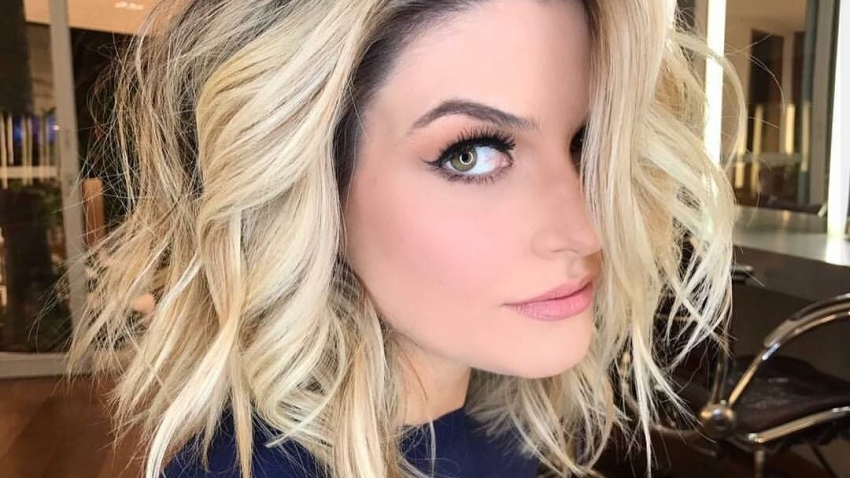
Can Curl Training Transform Wavy Hair?
Have you ever wondered if your wavy hair could take on more defined, structured curls? While waves have their own unique charm, many people aspire to enhance their natural texture into more pronounced curls. Curl training is a method that can help transform wavy hair into beautiful, well-defined curls without resorting to harsh chemicals or heat styling. Intrigued by the potential of this natural hair transformation? Let’s delve into the detailed steps and techniques to achieve curl training for wavy hair.
Understanding Your Hair Type
Transitioning into the importance of understanding your hair type, this knowledge sets the foundation for effective curl training.
Identifying Your Hair Type
To begin, it’s crucial to identify your exact hair type. Hair can fall into various categories such as 2A (slightly wavy), 2B (wavy with defined S-shapes), or 2C (wavy with some loose curls). Identifying your hair type will help you choose the best products and techniques for curl training.
Characteristics of Wavy Hair
Wavy hair tends to have an S-shaped pattern, which can be prone to frizz and dryness. Understanding these characteristics will guide you in selecting the right moisturizing and styling products, which are essential for defined curls.
Preparing Your Hair for Curl Training
Transitioning smoothly into preparation, setting the stage for curl training involves a few essential steps to ensure your hair is in optimal condition.
Hydration and Moisture
Wavy hair often requires additional moisture to achieve optimal curl definition. Use a sulfate-free shampoo and a deep conditioning treatment to hydrate your hair. Incorporating leave-in conditioners and hydrating masks can also help lock in moisture, making your hair more pliable for curl training.
Detangling Properly
Detangling is an important step in the preparation process. Use a wide-tooth comb or your fingers to gently detangle your hair while it’s still wet. Apply a detangling spray if needed to make the process smoother and prevent hair breakage.
Choosing the Right Products
Selecting the right hair care and styling products is crucial for successful curl training.
Cleansing Products
Opt for sulfate-free, moisturizing shampoos that do not strip the hair of its natural oils. Cleansing conditioners, also known as co-washes, can be beneficial as they cleanse without drying out the hair.
Styling Products
Styling products like curl creams, gels, and mousses can enhance your natural waves and help them form into more defined curls. Look for products that offer hold and moisture without making your hair feel crunchy or weighed down. Experimenting with different products can help you find the perfect routine for your hair type.
The Curl Training Process
Transitioning into the actual curl training process, consistent practices can significantly transform your wavy hair into defined curls.
The “Squish to Condish” Method
One effective curl training technique is the “Squish to Condish” method. Apply a generous amount of conditioner to your wet hair, then flip your head upside-down and scrunch the conditioner into your hair to encourage curl formation. This method helps in hydrating the hair deeply while promoting curl clumping.
Plopping for Defined Curls
After applying your styling products, consider using the plopping method. Use a microfiber towel or a cotton T-shirt to wrap your hair and gently scrunch the curls. Leave your hair wrapped for 20 to 30 minutes before air-drying or diffusing. Plopping helps in reducing frizz while encouraging curl definition.
Drying Techniques
How you dry your wavy hair can impact the effectiveness of your curl training.
Air-Drying
Air-drying is a gentle method that can preserve your hair’s natural texture. After applying your styling products and scrunching your hair, let it air dry. Avoid touching your hair while it dries to prevent frizz and disrupt the curl pattern.
Diffusing
If you prefer using a blow dryer, attach a diffuser to enhance your waves and curls. Use a low heat and low-speed setting to gently cup and lift sections of your hair, promoting curl formation. Diffusing can speed up the drying process while adding volume and definition to your curls.
Maintaining Curl Definition
Maintaining your curls between washes requires specific care to keep them looking their best.
Refreshing Curls
To refresh your curls, use a water spray bottle to lightly dampen your hair. Apply a small amount of curl cream or gel and scrunch your hair to revive the curls. Some people also find success with overnight styling using a silk or satin pillowcase to reduce friction and maintain curl integrity.
Avoiding Heat
Excessive heat can damage your hair and disrupt the curl pattern. Try to minimize the use of heat styling tools and opt for air-drying or diffusing on a low setting instead. If you must use heat, always apply a heat protectant spray to minimize damage.
Troubleshooting Common Issues
Transitioning smoothly into troubleshooting, addressing common challenges can help you perfect your curl training routine.
Frizz Management
Frizz is a common issue for wavy hair, especially in humid conditions. To combat frizz, ensure your hair is well-moisturized and use anti-frizz serums. Avoid touching your hair too often, as this can create additional frizz.
Uneven Curl Patterns
It’s not uncommon for wavy hair to have varying curl patterns. To address this, consider using smaller sections when applying styling products and scrunching each section individually. For especially stubborn areas, you can use finger coiling methods to encourage a more uniform curl pattern.
Expert Tips for Optimal Results
Transitioning into expert advice, incorporating professional tips can elevate your curl training process and yield better results.
Regular Trims
Regular trims are essential to maintaining healthy hair and promoting curl formation. Split ends and damaged hair can hinder your curls, so keeping your hair trimmed can help in achieving more defined curls.
Protective Hairstyles
Protective hairstyles like braids and buns can help maintain your curls between washes. These styles minimize friction and reduce the likelihood of frizz and tangling.
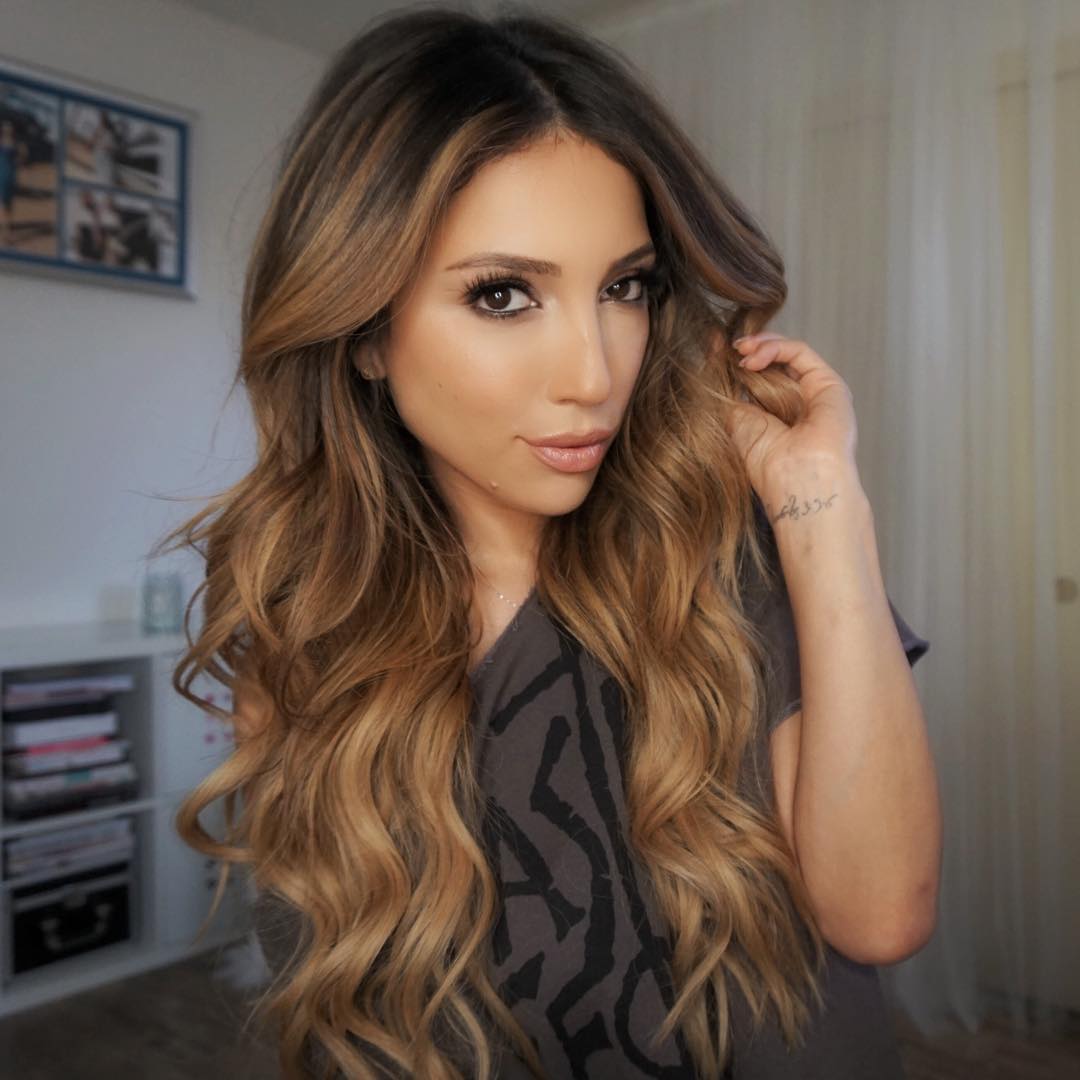 Comparing Curl Training with Other Methods
Comparing Curl Training with Other Methods
Understanding how curl training compares with other methods can help you choose the best approach for your hair.
Curl Training vs. Chemical Treatments
Chemical treatments, such as perms, can achieve long-lasting curls but often come with potential damage and high maintenance. Curl training, on the other hand, is a natural method that enhances your hair’s texture without harsh chemicals, making it a healthier alternative.
Curl Training vs. Heat Styling
Heat styling can temporarily change your hair texture but often leads to damage over time. Curl training is a more sustainable approach, promoting healthier hair while enhancing your natural waves and curls.
Environmental Impact
Transitioning smoothly to environmental impact, curl training can be a more eco-friendly approach to hair care.
Products
Choosing eco-friendly and cruelty-free products can reduce your environmental footprint. Look for brands that use sustainable ingredients and packaging.
Energy Consumption
Curl training methods such as air-drying require less energy compared to regular heat styling. Opting for air-drying whenever possible can minimize energy usage and contribute to a more sustainable lifestyle.
Final Thoughts
Curl training wavy hair is a rewarding journey that can transform your natural waves into well-defined curls. By understanding your hair type, selecting the right products, and adopting effective techniques, you can achieve beautiful, healthy curls. With consistency and patience, curl training can enhance your hair’s natural texture and provide you with the curls you’ve always desired. Whether you’re just starting or looking to refine your routine, embracing the curl training process will help you unlock the full potential of your wavy hair. Enjoy the transformation as you witness your waves turning into captivating curls.







